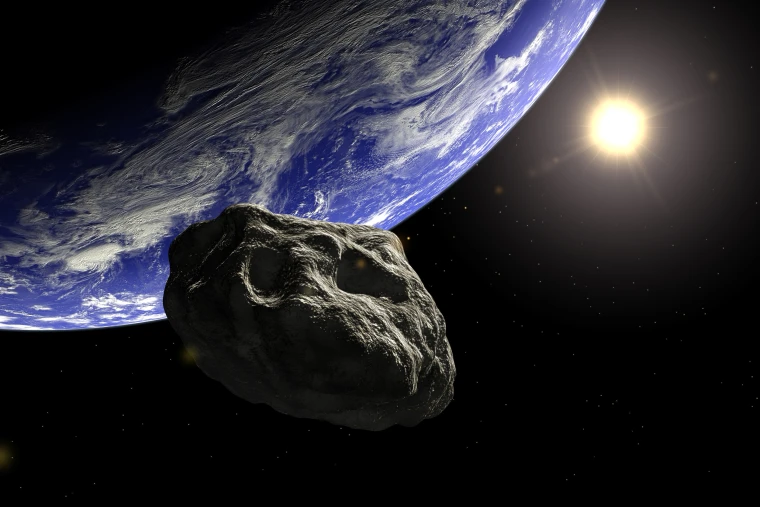In a groundbreaking revelation that reshapes our comprehension of celestial bodies, scientists have uncovered traces of water on the surfaces of two asteroids.
This monumental discovery, outlined in a study published in The Planetary Science Journal, not only illuminates the distribution of water molecules throughout our solar system but also provides intriguing insights into the origins of water on Earth.
By analyzing data from the retired NASA mission, the Stratospheric Observatory for Infrared Astronomy (SOFIA), researchers from the Southwest Research Institute embarked on an unprecedented mission.
Their examination of SOFIA’s observations revealed distinct spectral signatures indicating the presence of water molecules on the asteroids Iris and Massalia. These previously unexplored asteroids now stand as significant milestones in our exploration of the cosmos.
Water’s persistent presence
Contrary to earlier assumptions suggesting that water would have evaporated from asteroids orbiting near the sun, Iris and Massalia challenge conventional beliefs.
With diameters of 124 miles and 84 miles respectively, these asteroids serve as reservoirs of liquid water, potentially contained within silicate glass beads or bound to mineral surfaces.
The identification of molecular water on these asteroids reinforces the widely accepted hypothesis that Earth’s water may have originated from extraterrestrial sources, possibly delivered through asteroid impacts.
Dr. Anicia Arredondo, the lead author of the study, underscores the importance of comprehending water distribution on asteroids, providing vital insights into the processes guiding our planet’s formation and evolution.
Looking beyond Earth
As humanity continues to explore the cosmos in search of extraterrestrial life, understanding the distribution of water within our solar system becomes increasingly crucial. The newfound knowledge of water’s presence on asteroids not only informs our search for potential life in our cosmic neighborhood but also sets the stage for future interstellar exploration.
With the promising success of their initial discovery, the research team eagerly anticipates further exploration. Plans are underway to leverage the James Webb Space Telescope for higher-resolution observations of additional asteroids, promising to reveal more secrets hidden within the depths of our solar system.
In the vast expanse of space, each revelation serves as a thread in the intricate tapestry of cosmic understanding. The detection of water on asteroids Iris and Massalia signifies a pivotal moment in humanity’s pursuit of unraveling the mysteries of our solar system and beyond. As we peer into the heavens, we are reminded that the universe, with its boundless wonders, continues to captivate and inspire us with each new revelation.


